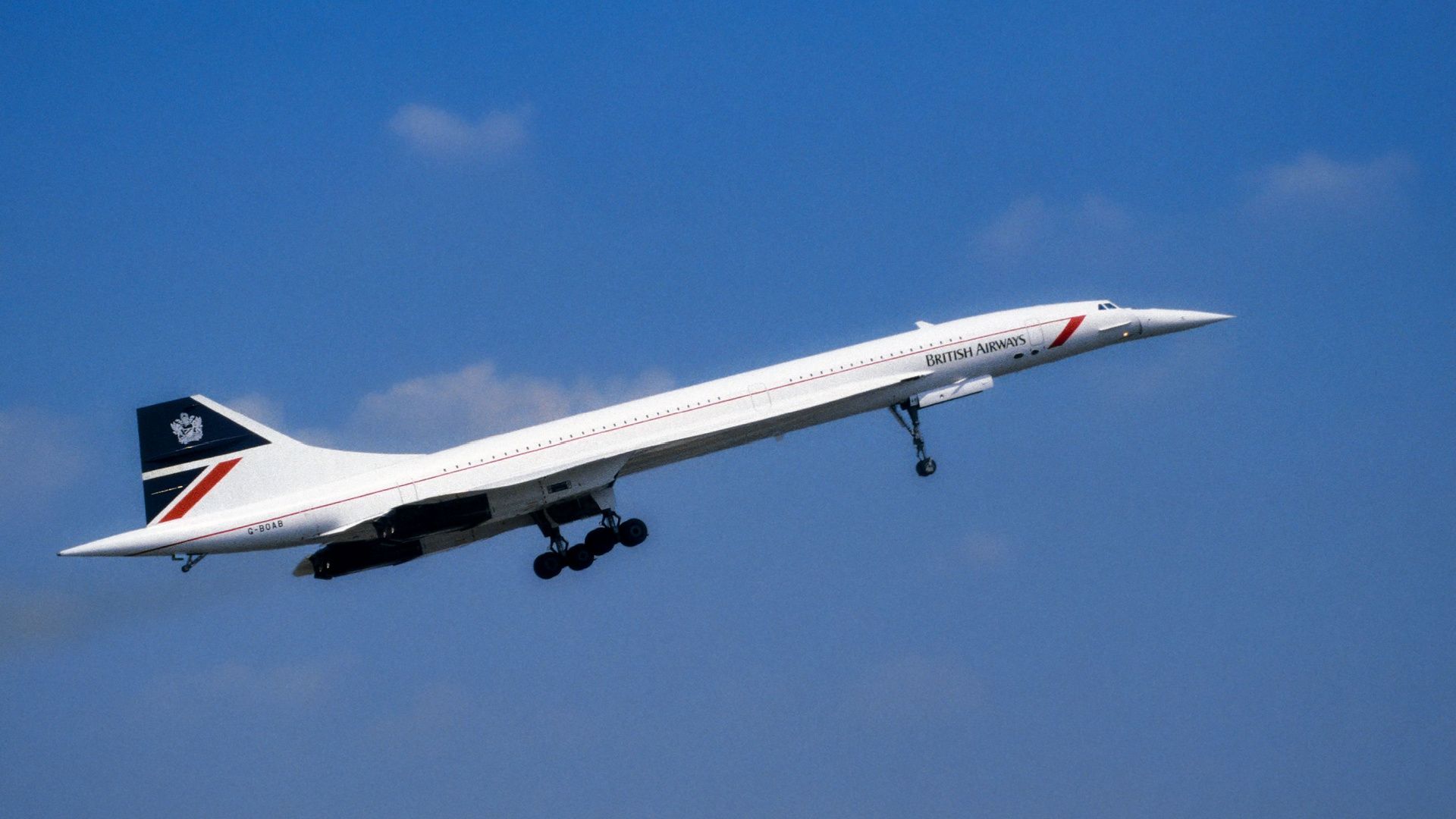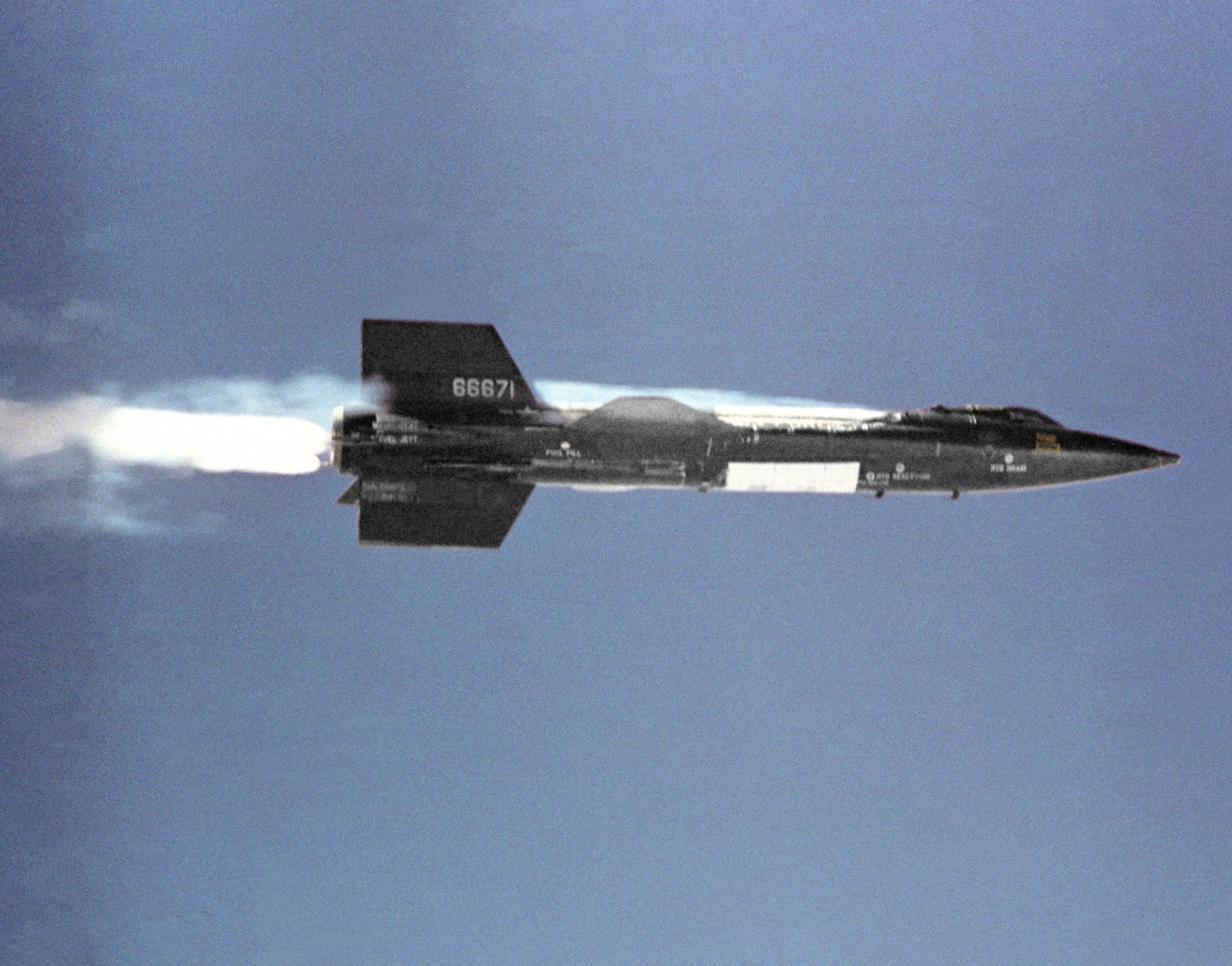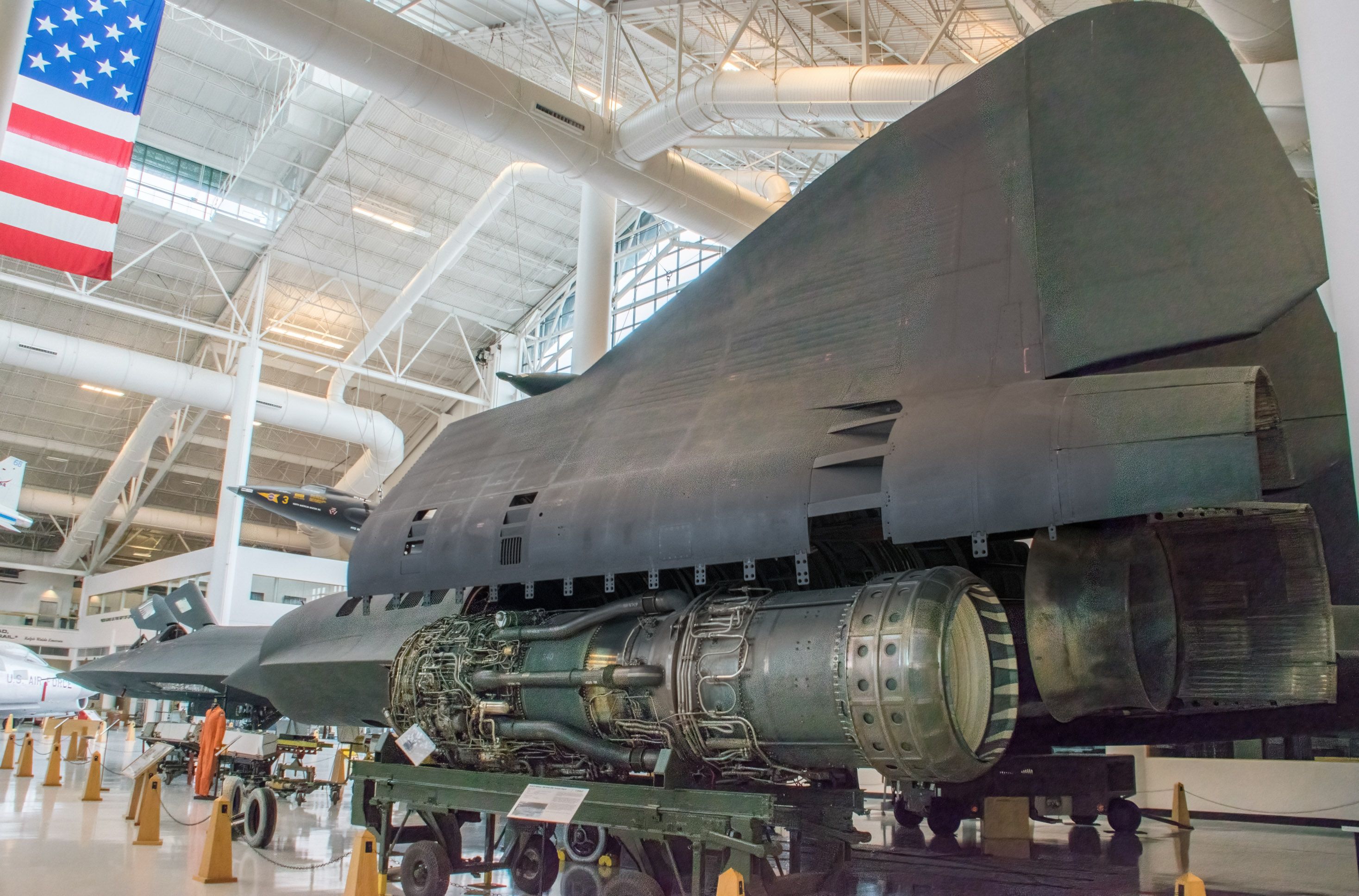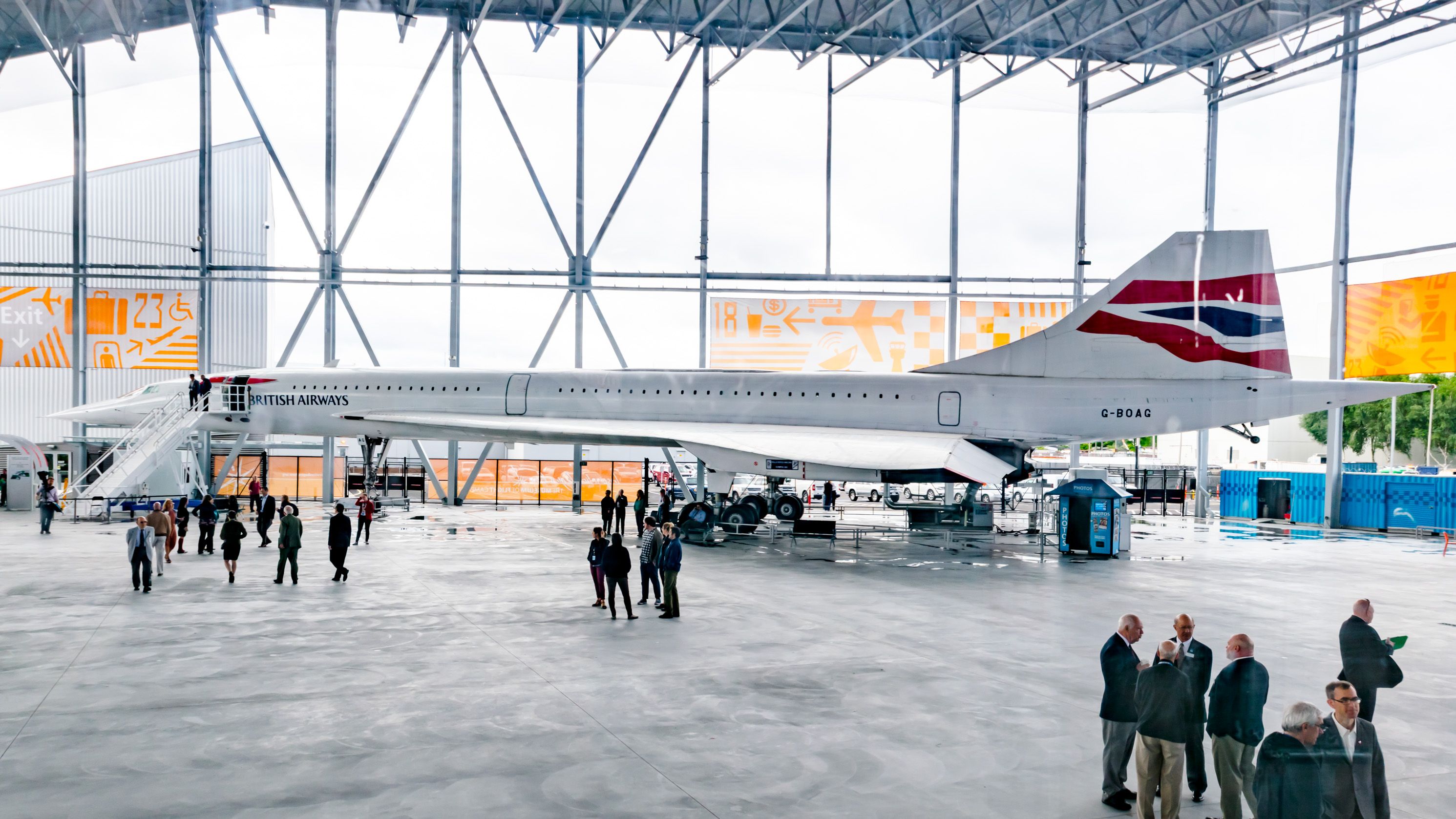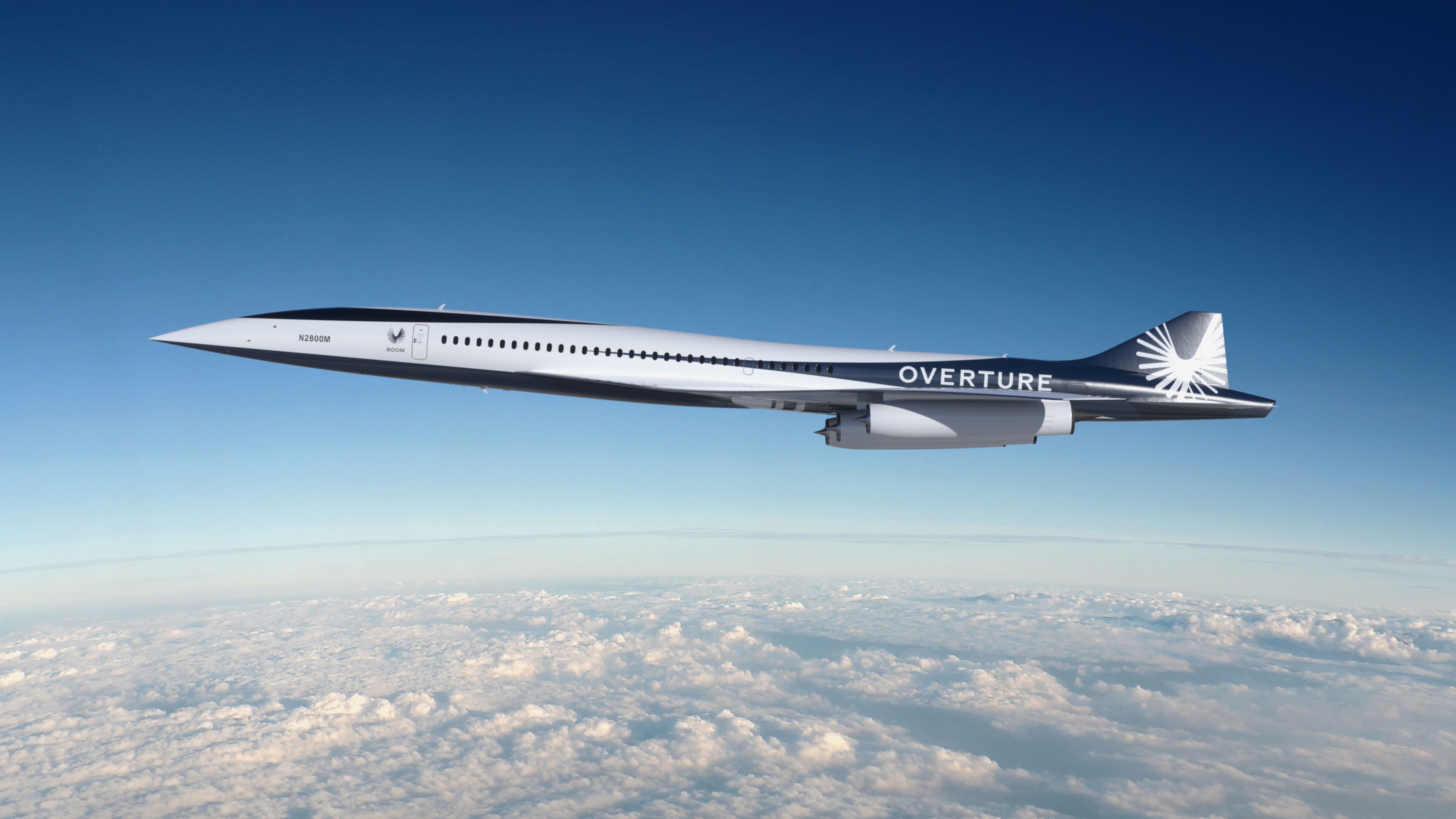Summary
- Mach numbers are used to measure the speed of ultra-fast aircraft, with Mach 1 being the speed of sound and higher numbers representing faster speeds.
- The North American X-15 holds the record for the fastest aircraft ever, reaching a top speed of 4,520 miles per hour (Mach 6.7).
- The Concorde was the fastest passenger aircraft, capable of cruising at Mach 2.04, but its high costs and limited routes hindered its commercial success. However, Boom Supersonic's Overture aims to bring supersonic travel back with lower costs and sustainable aviation fuel.
Nowadays in commercial aviation, aircraft speed is not talked about, with most planes cruising at similar rates. However, this wasn't always the case, and the sound barrier was not the barrier to speed. Here are the fastest aircraft to fly - both military and civilian, and the future of supersonic travel.
But first a word... about Mach numbers and the speed of sound
Once a jet hits the sound barrier, it is moving at unbelievably fast speeds. At this point, it isn't really useful to use any standard form of measurement (miles per hour or kilometers per hour). As a result, a specific unit, the Mach, is used to measure the speed of ultra-fast aircraft.
Mach numbers matter because the Mach number is the aircraft's speed versus the speed of sound. So, if the plane is flying at Mach 1, the aircraft is flying at the speed of sound. If the aircraft is flying at Mach 2, the aircraft is flying at twice that number, and at 0.5 it's at half the speed of sound.
Put differently, most commercial airliners cruise the friendly skies at roughly Mach 0.6-0.7, and private jets can push higher reaching into the Mach 0.85-0.9 range. However, this wasn't always the case, with supersonic travel emerging in the latter part of the 20th century.
Nowadays, the only sonic boom you can hear is if you live near an air force base and fighter jets are scrambled for an emergency mission. But this could be set to change in the future, with new sonic boom technologies creating quieter and quieter sounds, there is certainly potential for supersonic flying jets to become far more common.
The fastest aircraft ever was a 1960s rocketship
The fastest airplane was the North American X-15, built for NASA to conduct high-speed aeronautic research. The X-15 was launched from a Boeing B-52 to reach the edge of space or go as fast as its single Reaction Motors XLR99 rocket engine with 70,400 pounds of thrust could take the aircraft.
The top speed the X-15 hit was 4,520 miles per hour, or Mach 6.7, on October 3, 1967, the reigning record. From its distinctive shape and massive afterburning engine, one can easily determine this aircraft to essentially be a rocket with wings. But considering the plane did not take off on its own, it can be tough to consider it the fastest ever.
The fastest jet aircraft
If you look at more 'conventional' aircraft, the title belongs to another unique creation. This title belongs to Lockheed Martin's SR-71 Blackbird, an absolute beast in terms of airspeed and a true marvel of engineering. The jet was a high-altitude reconnaissance aircraft made to outrun and outclimb all Soviet-era surface-to-air missiles and fighter interceptors.
Get all the latest aviation news on Simple Flying!
The aircraft descended from the Lockheed A-12 "Oxcart" initially developed for the CIA. With the SR-71's two Pratt & Whitney J58 turbojet engines, each capable of 32,500 lbf of thrust, the plane could cruise at Mach 3.2.
Photo: Joe Kunzler | Simple Flying
Sadly, the SR-71 is no longer in our skies. The high costs of operating the airplane and the end of the Cold War eventually ended SR-71 flight operations for the US Air Force, the CIA, and even NASA in October 1997. Nonetheless, if you want to see the iconic aircraft, Blackbirds are proudly on display at museums across the United States
The fastest civilian jet aircraft
In terms of the fastest aircraft ever to carry passengers, the Concorde is undoubtedly the victor here. Built by Aérospatiale and BAC, the plane introduced supersonic travel to the flying public or at least those who could afford to fly the extremely fast but expensive mode of transportation. The Concorde could cruise at a maximum of Mach 2.04 (1,354 mph / 2,455 kph) and was the only commercial aircraft to break the sound barrier with the exception of the Soviet Union's Tu-144, which briefly saw service in the USSR.
Unlike fighter jets, the Concorde wasn't allowed to go supersonic just about anywhere. The sonic boom it angered local residents who were tired of the sudden loud sounds and windows rattling. The Concorde was allowed to only fly commercially on overwater routes.
However, the program didn't revolutionize travel as once hoped. Despite cutting travel time down significantly, the cost per seat was far too high. A fatal crash in July 2000 saw the plane suspended for months, and by 2003, it became clear that Concorde didn't have the commercial viability to succeed in a market with slower but more efficient subsonic jets.
But what the Concorde did was revolutionize the idea of what supersonic travel could be. Once thought to be the future of air travel for the masses, Concorde proved that supersonic travel could even be profitable if specifically targeted at a very niche high-end consumer.
A new supersonic transport
Boom Supersonic's Overture is in the works to give civilians a chance to scratch that need for speed itch again. Boom plans to take passengers up to Mach 1.7 by 2029 at a significantly lower cost per seat than the Concorde. To make things better, the Overture will be capable of flying on 100% sustainable aviation fuel (SAF), and will only break the sound barrier over water to prevent booms near the population.
Despite some hurdles last year, namely in finding an engine supplier for the ambitious project, Boom was successful and had a strong year. Orders for the jet have come from big-name customers, including United Airlines and American Airlines, and there are other airlines for which the jet could prove a perfect fit. If all goes well, we might be headed into the second era of supersonic travel, and one that is here to stay.
Do you feel the need for speed flying commercially at Mach 1.7 or want to go at Mach 0.7? Let us know in the comments.

